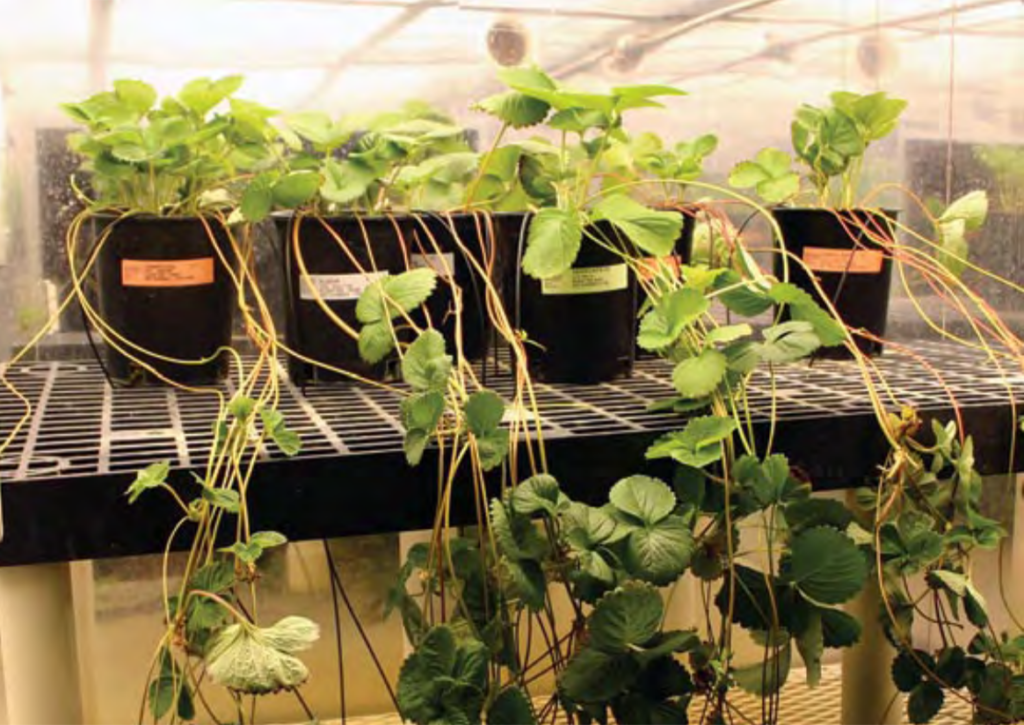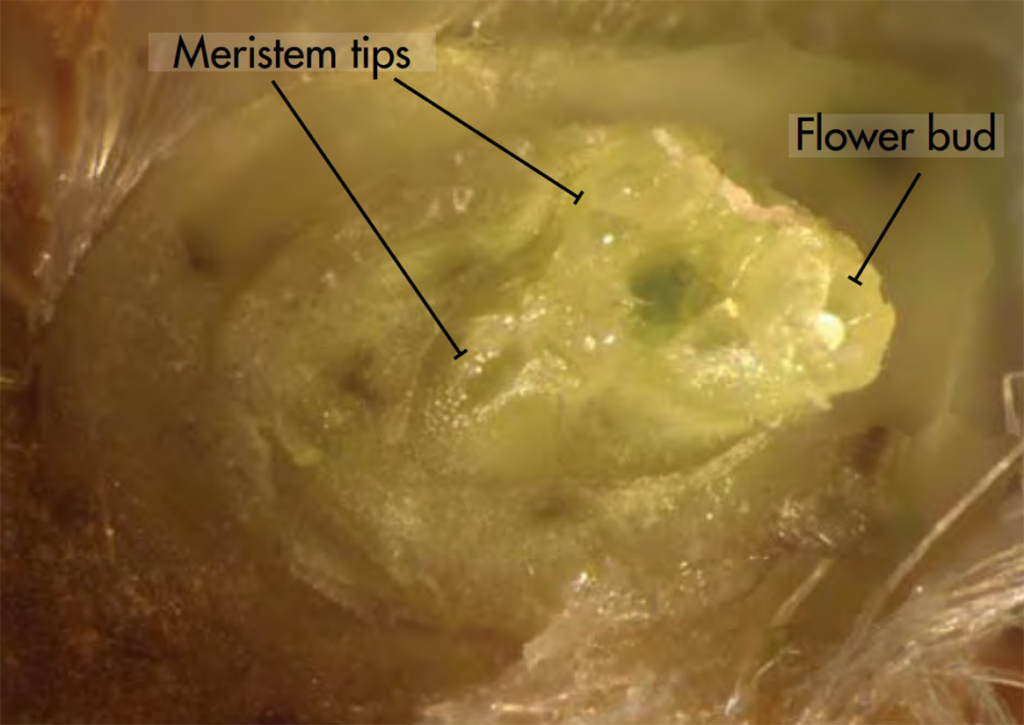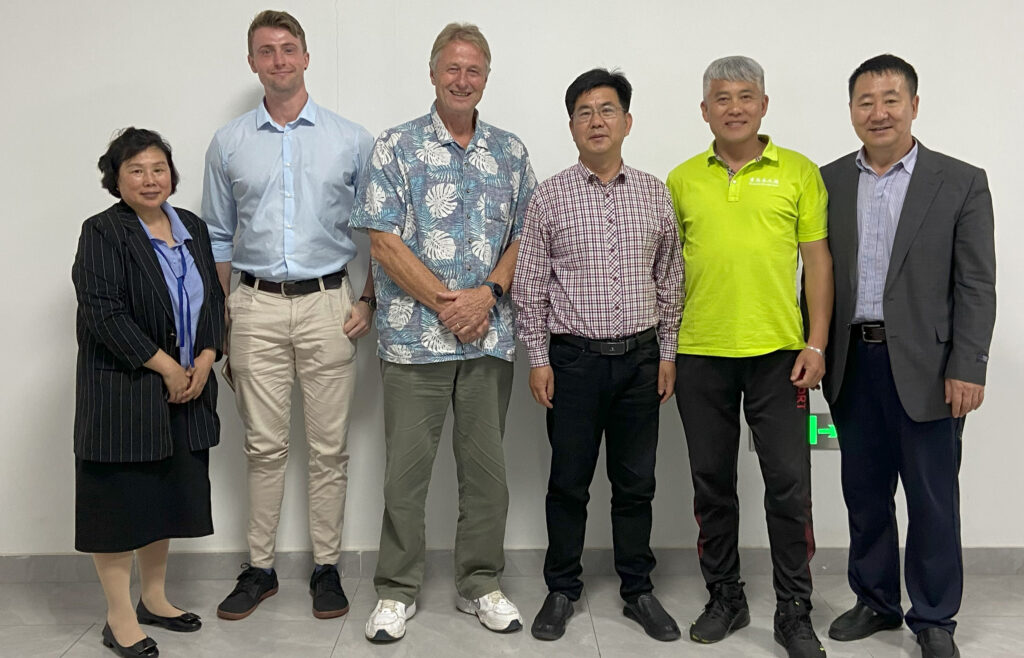
A Glimpse into plant tissue propagation
On our last trip to China, we had the pleasure of visiting Dr. Pan and Dr. Wang, plant tissue specialists with over a decade of experience in orchid tissue culture. Their work, shaped by 11 years of research in Japan, has become a cornerstone in the field of plant propagation, and we’re excited to share some insights from our visit.
Orchid tissue culture is an intricate process, one that Dr. Pan and Dr. Wang have mastered. Orchids are known for their remarkable genetic diversity, with a staggering 100,000 to one million natural variations possible in a single seed pod. From these, Dr. Pan and Dr. Wang carefully select plants exhibiting desirable characteristics, ensuring that only the best traits are replicated.
Using advanced tissue culture techniques, they can propagate these selected traits, creating healthy, uniform plants on a large scale. In their lab, they have developed a sophisticated plant bank, where up to 10plants are stored in jars, each containing 10,000 to 100,000 growing points. Interestingly, flowering plants such as orchids have significantly more growing points than leafy plants, allowing for more rapid propagation. The plant bank they’ve established requires meticulous care. Plants are kept small and regularly replenished to maintain their health and viability. This system ensures a reliable supply of clean, strong plants for future cultivation.
During our visit, we initiated an exciting collaboration with Dr. Pan and Dr. Wang. We provided them with strawberry plants for tissue culture propagation. The process begins with carefully selected and tested mother plants. These plants are free of diseases and viruses, verified through DNA fingerprinting and repeated testing. Mother plants are placed in a heat treatment chamber for 3-4 weeks at 37°C to weaken viruses and other pathogens. This step helps prepare the plant for further virus elimination. After heat treatment, meristem tips—about 0.4 to 0.5 mm in size—are aseptically excised from the daughter plants. These tips contain the undifferentiated cells responsible for new growth.
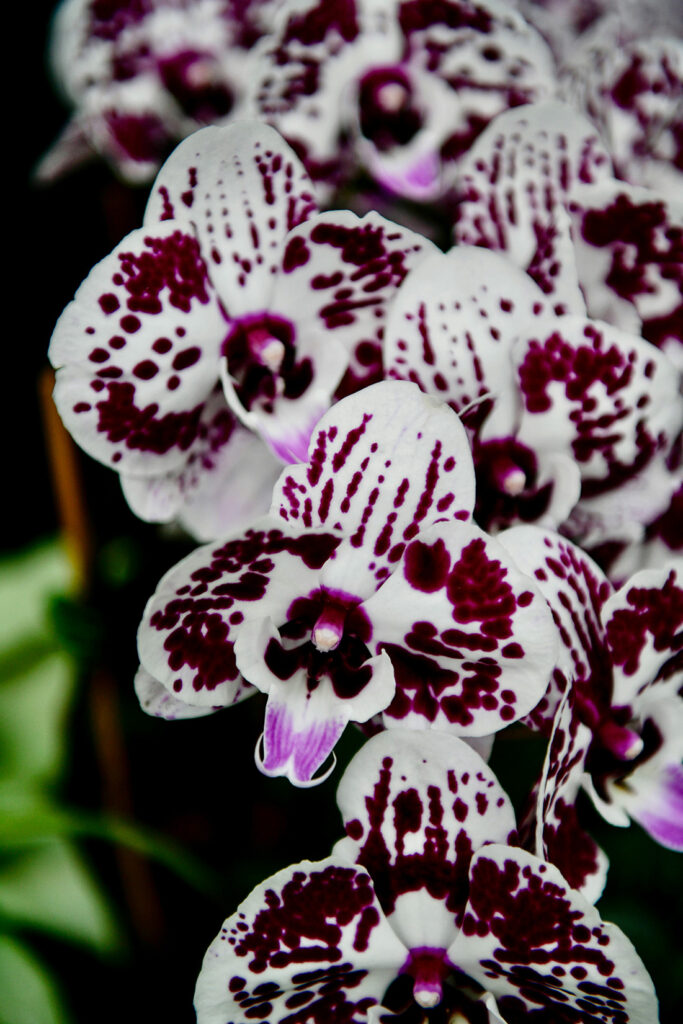

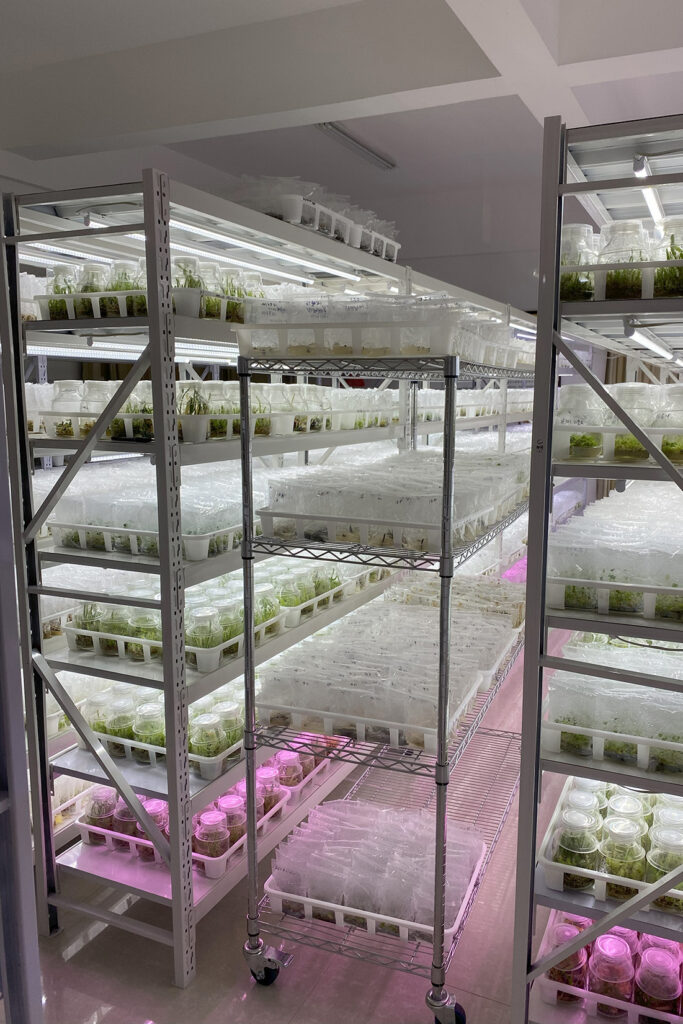
The excised meristem tips are placed in a sterile tissue culture medium under controlled conditions. This medium includes nutrients like Murashige and Skoog salts, vitamins, and sucrose, which encourage the growth of shoots and roots. Once the meristem explants have grown shoots and roots (usually after 3-5 months), they are transferred to a maintenance medium without growth hormones. The plants are then regularly transferred to fresh medium every few weeks.
After reaching a certain size, the plants are gradually acclimated to ambient humidity in a humid chamber before being transferred to substrate. Once in substrate meristem plants are moved to the greenhouse, where they are monitored and inspected before distribution. In August, we received the propagated plants, which were planted in our polytunnels. From these plants, we’ll take runners, ensuring we maintain a clean and virus-free stock. This process will help us continue to provide high-quality, disease-free strawberries for our customers, reinforcing our commitment to sustainable and responsible agriculture.
Dr. Pan and Dr. Wang’s remarkable work has been sponsored by the local authority, reflecting the government’s commitment to advancing agricultural innovation. As an international company working closely with them, we had the honour of visiting the local government at their office. This meeting highlighted the importance of our collaboration and reinforced the strength of our international partnership in promoting sustainable agriculture practices.
